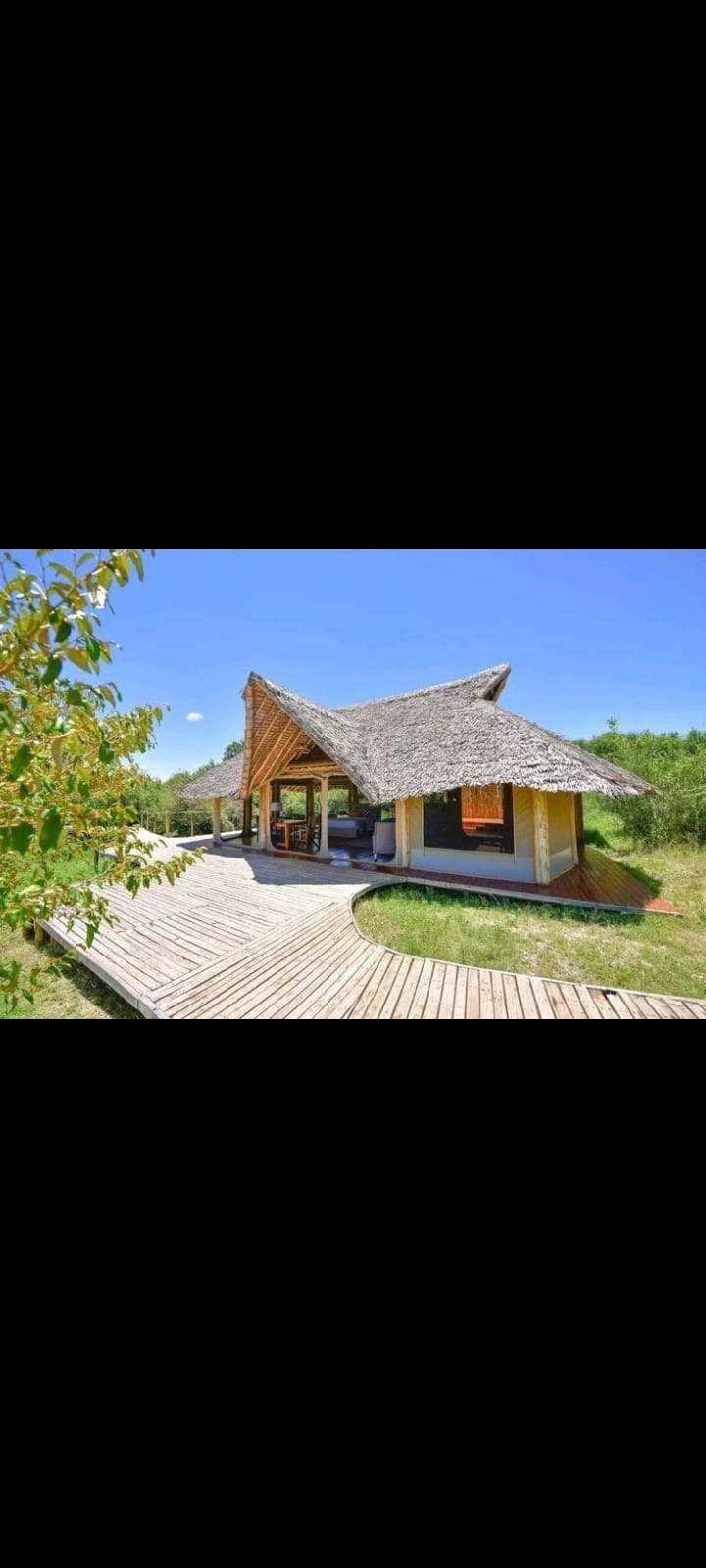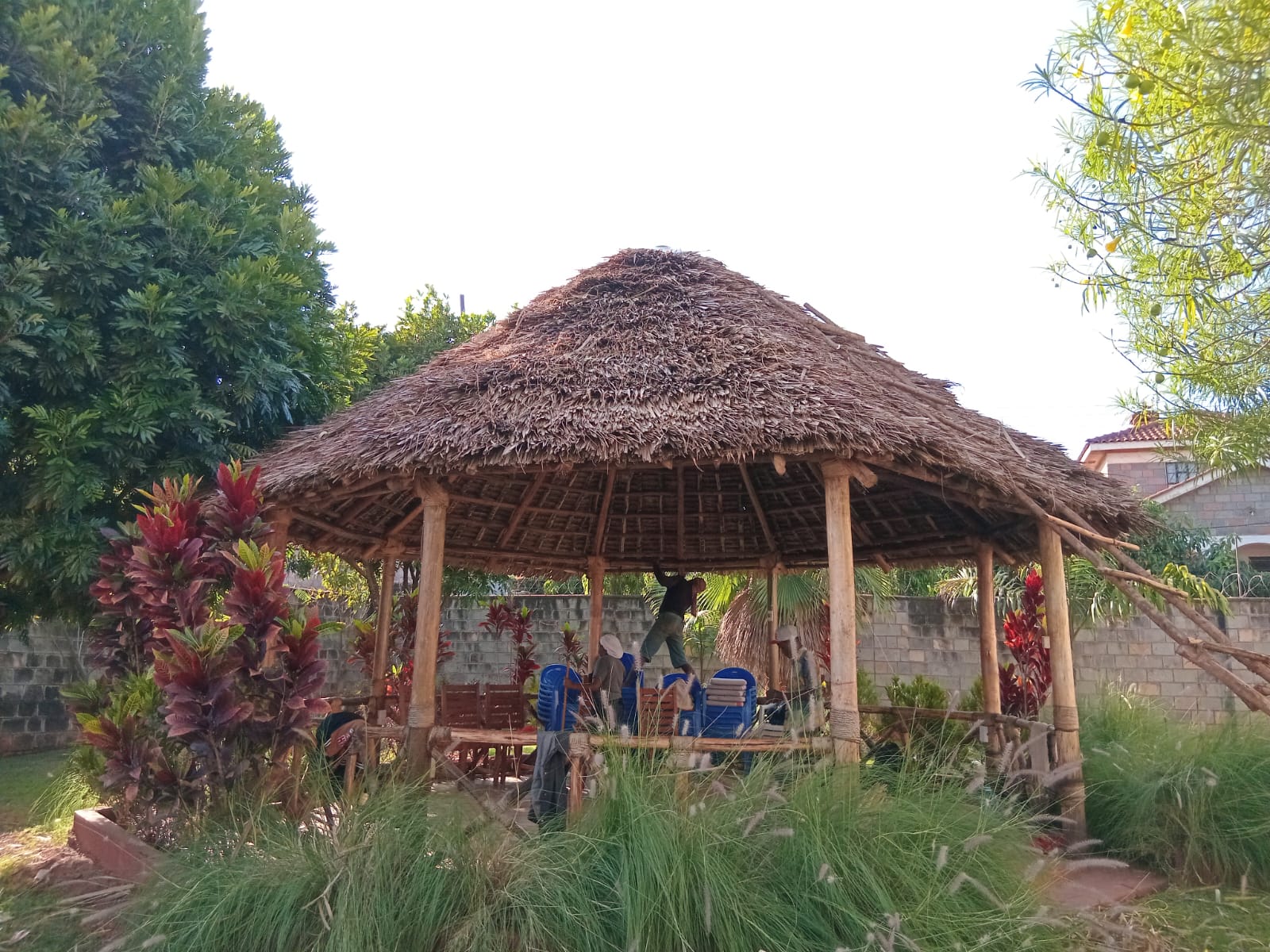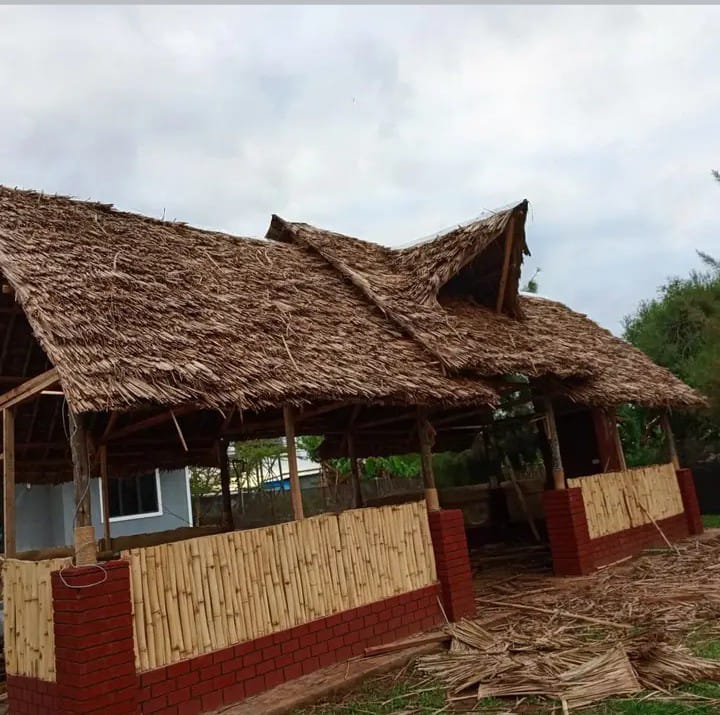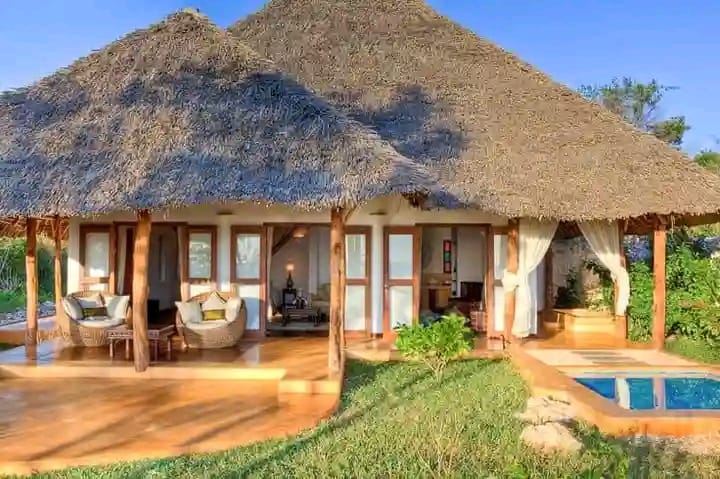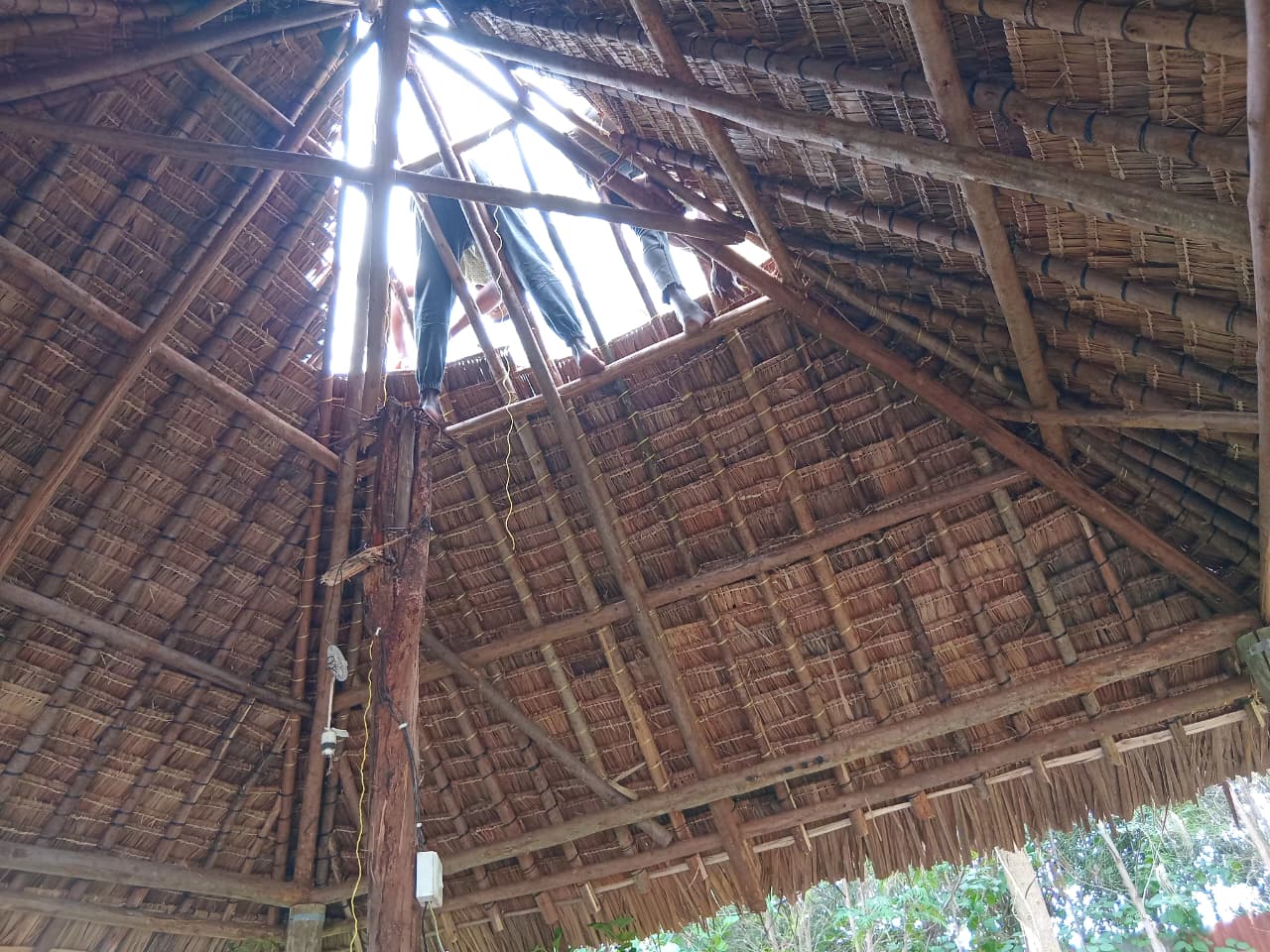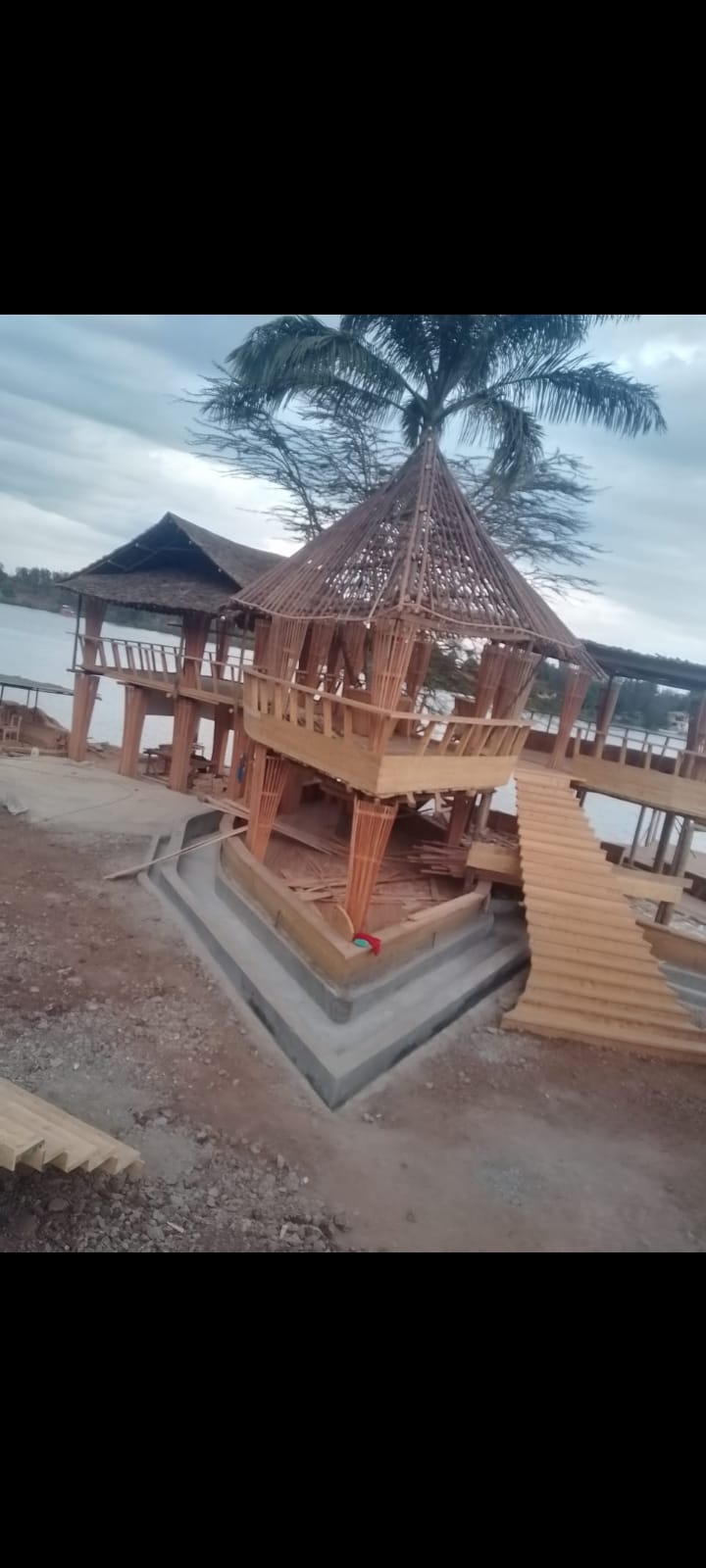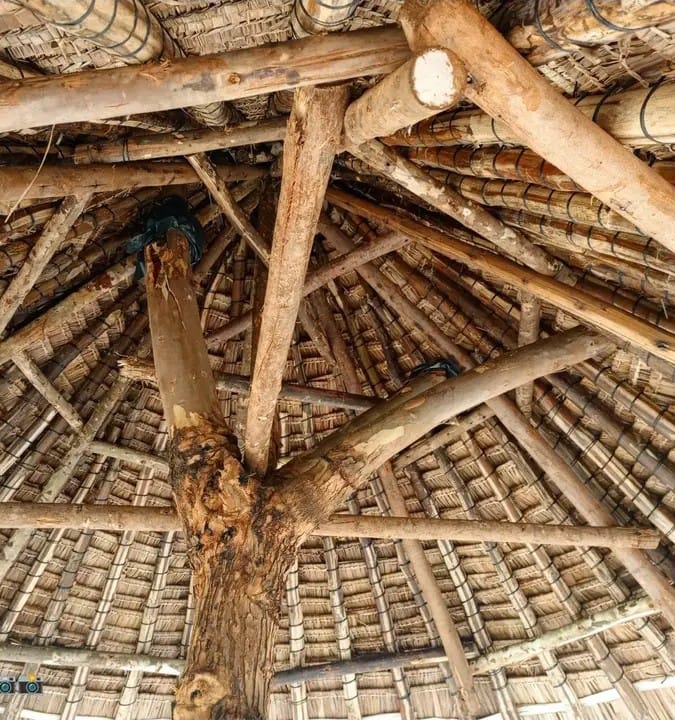What is Makuti Roofing?
A Makuti roof is a traditional roofing style that uses thatching pieces made from dried coconut palm leaves (Cocos nucifera). These leaves are harvested when they turn brown and are then soaked in water to make them easier to fold.
The individual pieces, often referred to as "tiles," are weaved together, primarily by women in local villages where coconut palms grow. The makuti are then tied to the roofing structure, overlapping to prevent water from dripping inside.
100% Natural
Made from renewable coconut palm leaves
Community Support
Supports local women weavers and communities
